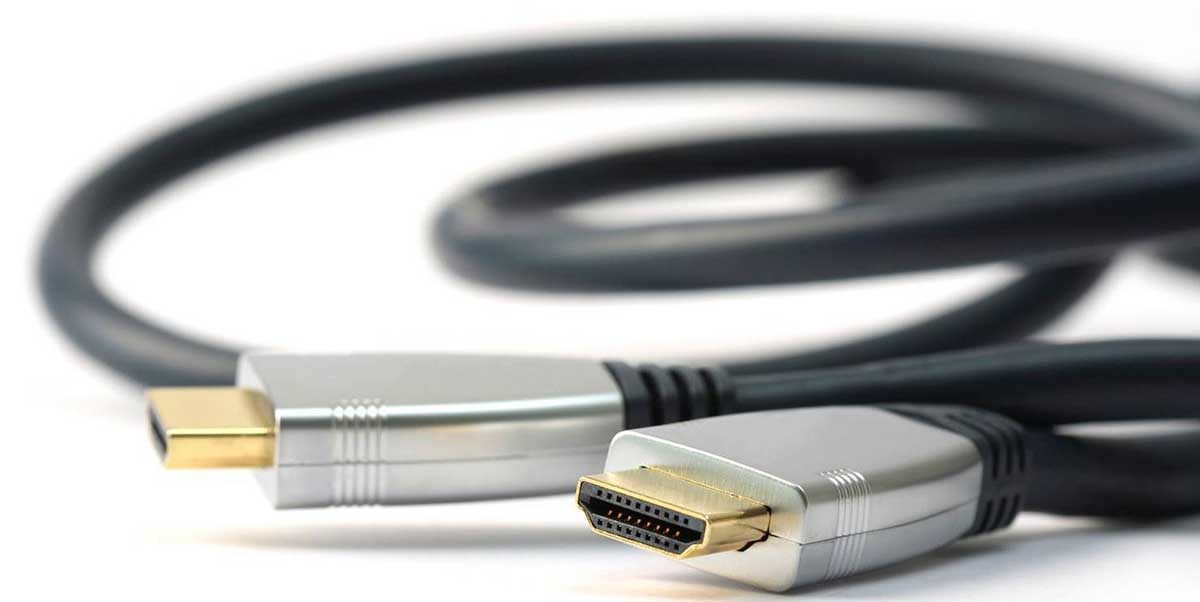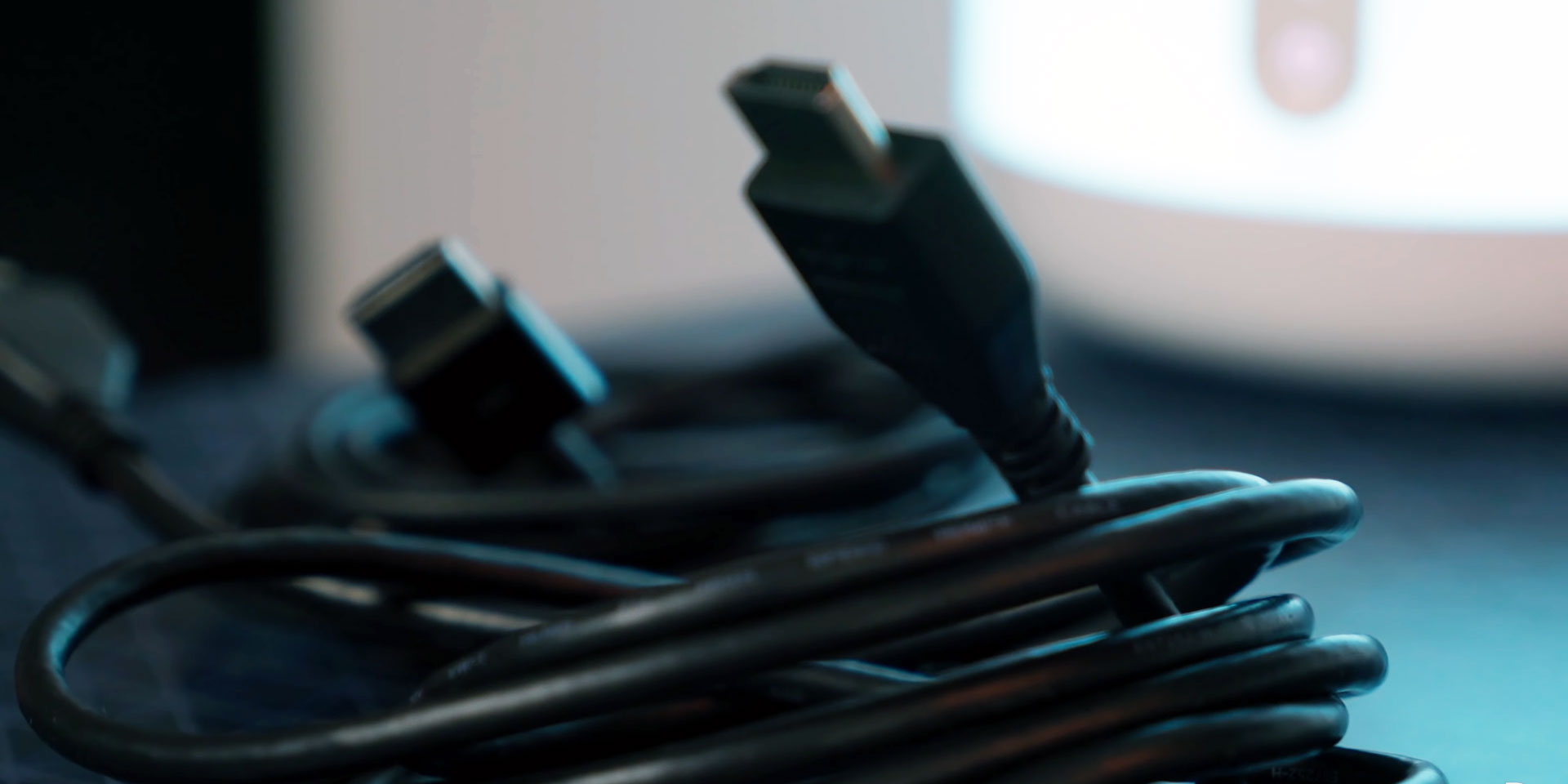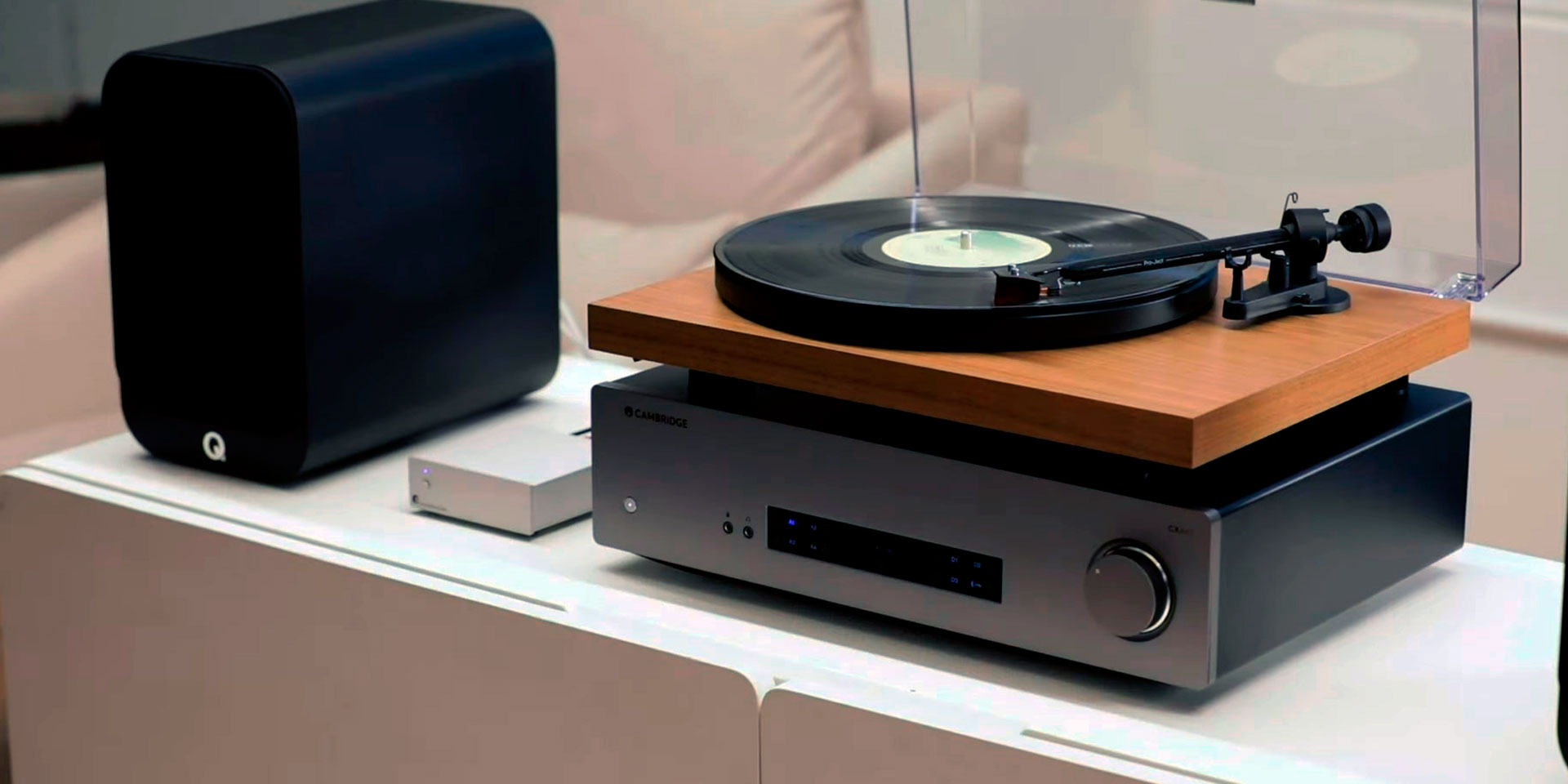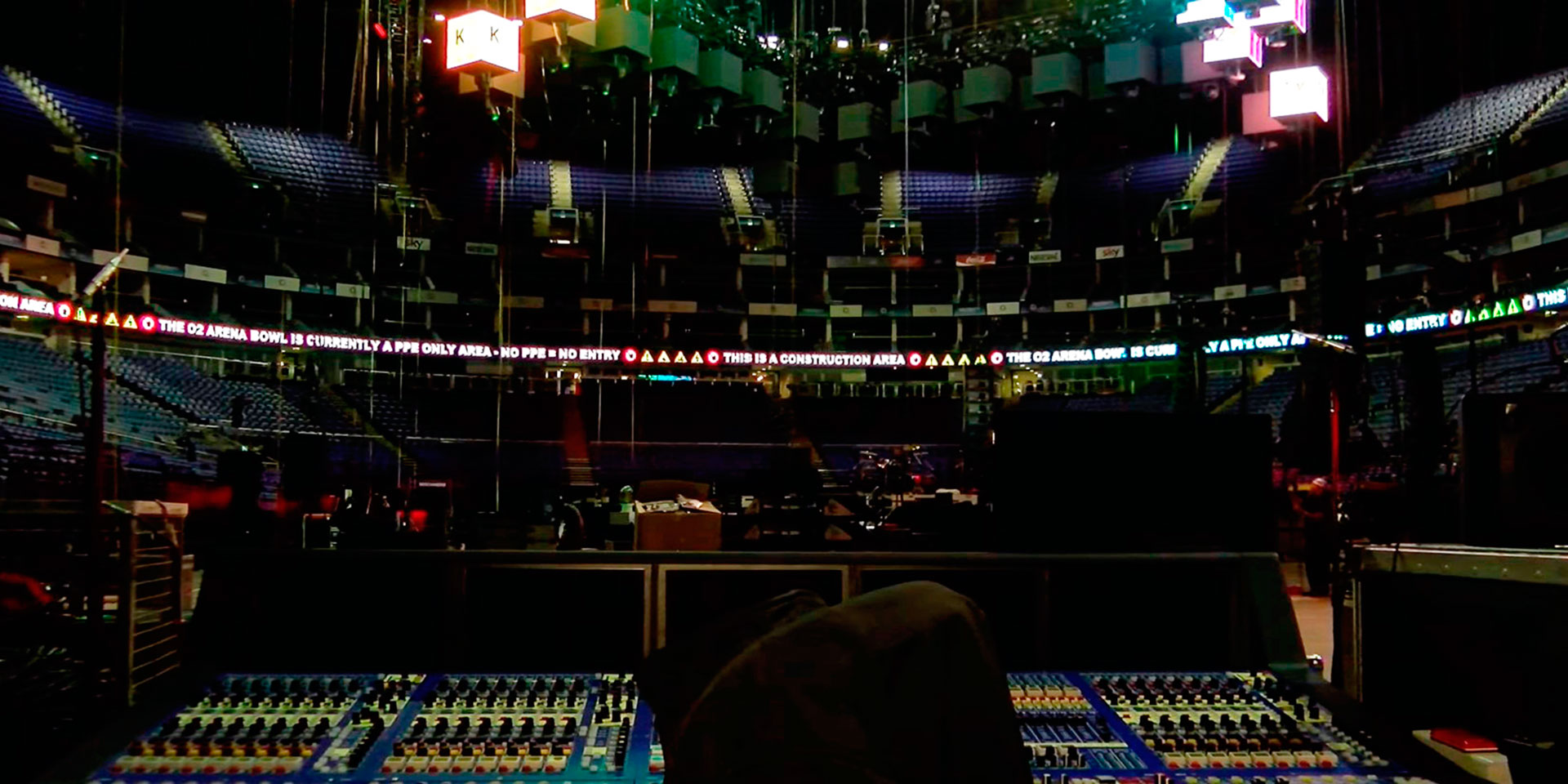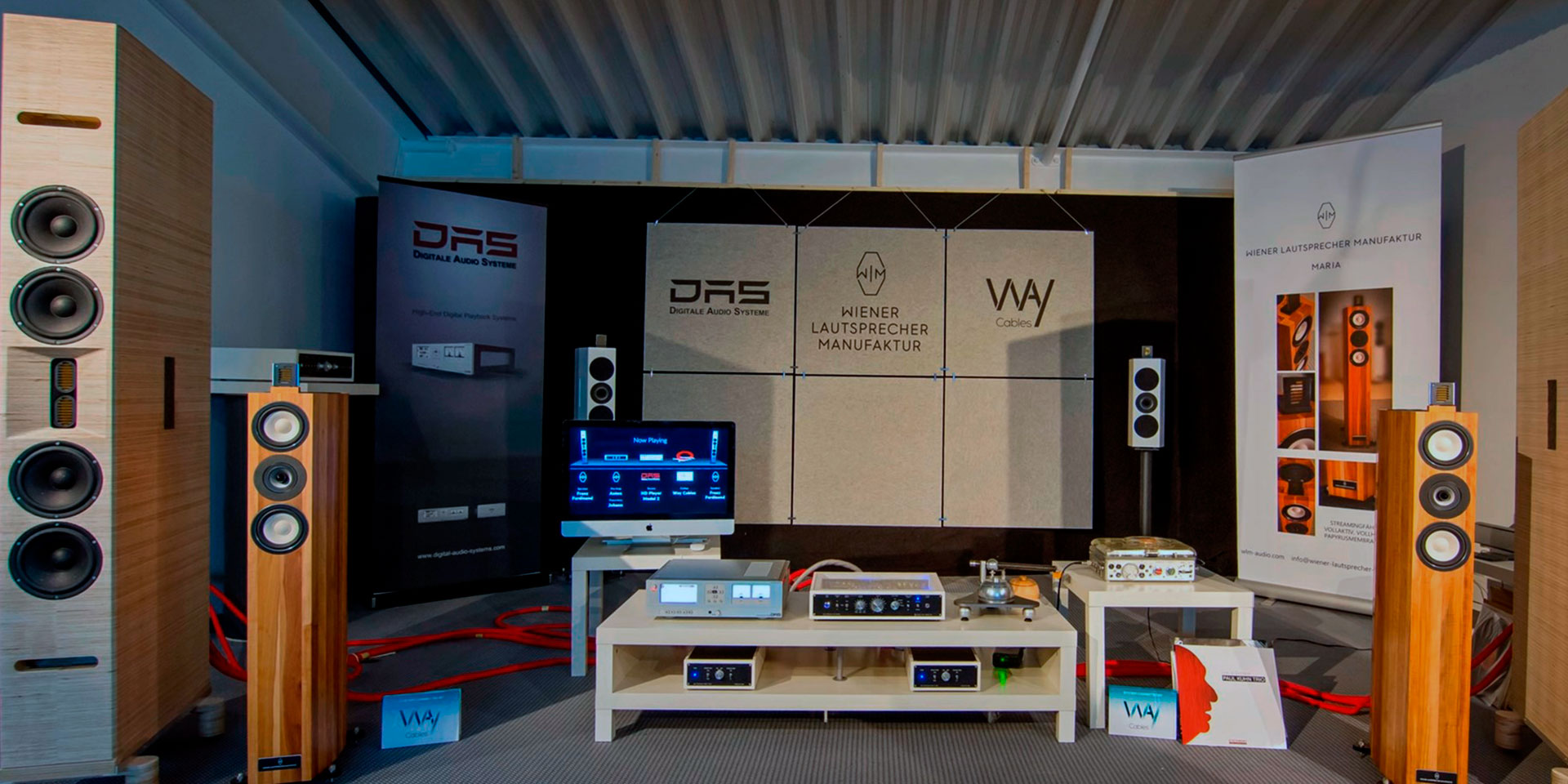We live in a unique era of technological breakthroughs and innovations. The video capabilities of various devices (TVs, projectors, monitors, etc.) are reaching an incredible level.
Blog
It’s a blog that anyone with an interest in the music industry, at whatever level, should put into consideration.
Does The Length Of HDMI Cable Matter
HDMI cables are widely used in modern multimedia setups, transmitting video and audio data. Given their widespread use, there are (especially for beginners) many questions about their structure, mechanism of operation, optimization, etc.
Can Optical Cable carry Dolby Atmos
Recently, Dolby Atmos has become a higher bar for any home surround sound system. This object-oriented sound format is generally considered one of the best sound systems available, and many people enjoy using it.
15 Hi-Res Albums for Hi-Fi Audio System Analysis
Probably every lover of high-quality sound has at his disposal a device that can play Hi-Res formats. And for this, we suggest that you familiarize yourself with 15 albums that our editors consider being good examples.
Top 5 most powerful concert audio systems
Huge acoustic structures can hardly be called an innovation. They became widely known after the construction of the first “Wall of Sound”, created by the sound engineer Owsley Stanley in 1973.
How stars listen to music: description and photo of audio sets
Like many aspects of celebrity life, the public closely monitors their hobbies. The same with the passion for music. We present to your attention a review of the audio systems of famous people who like to enjoy good sound.

